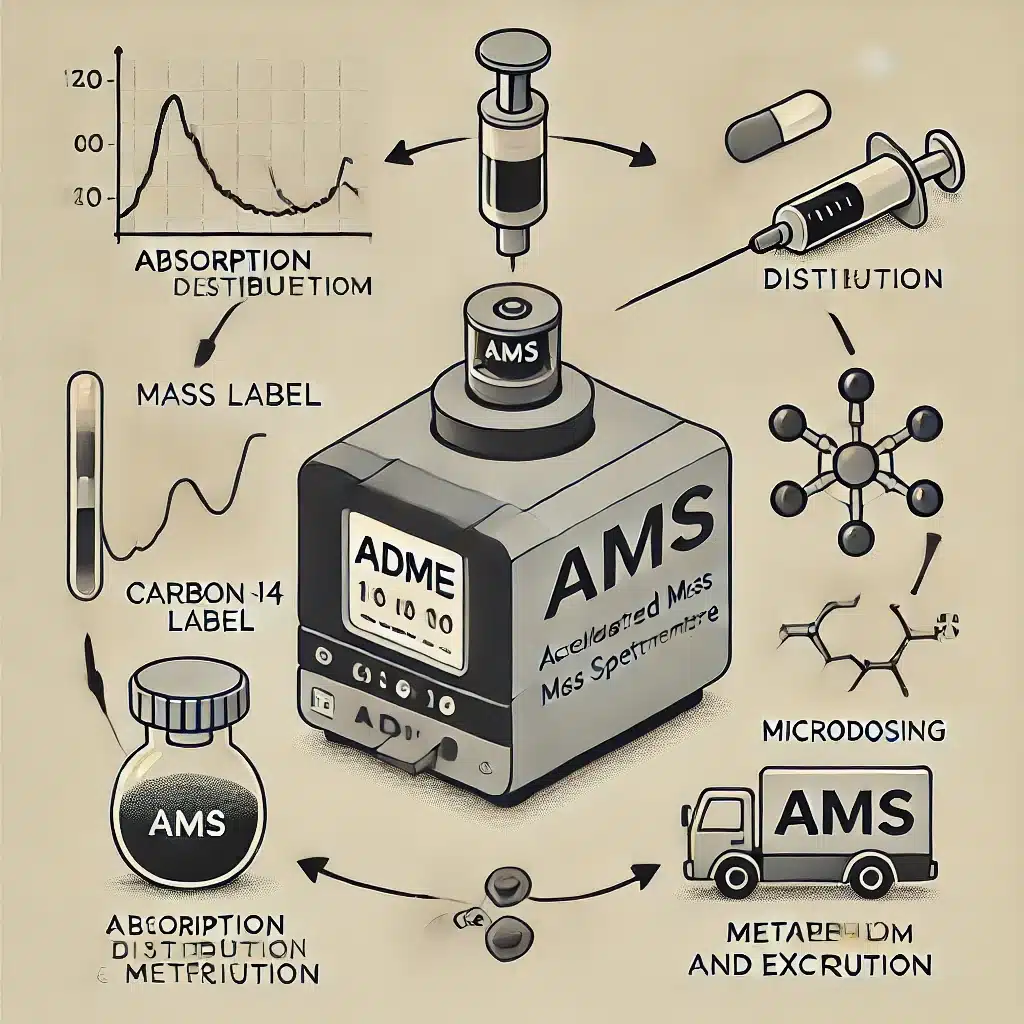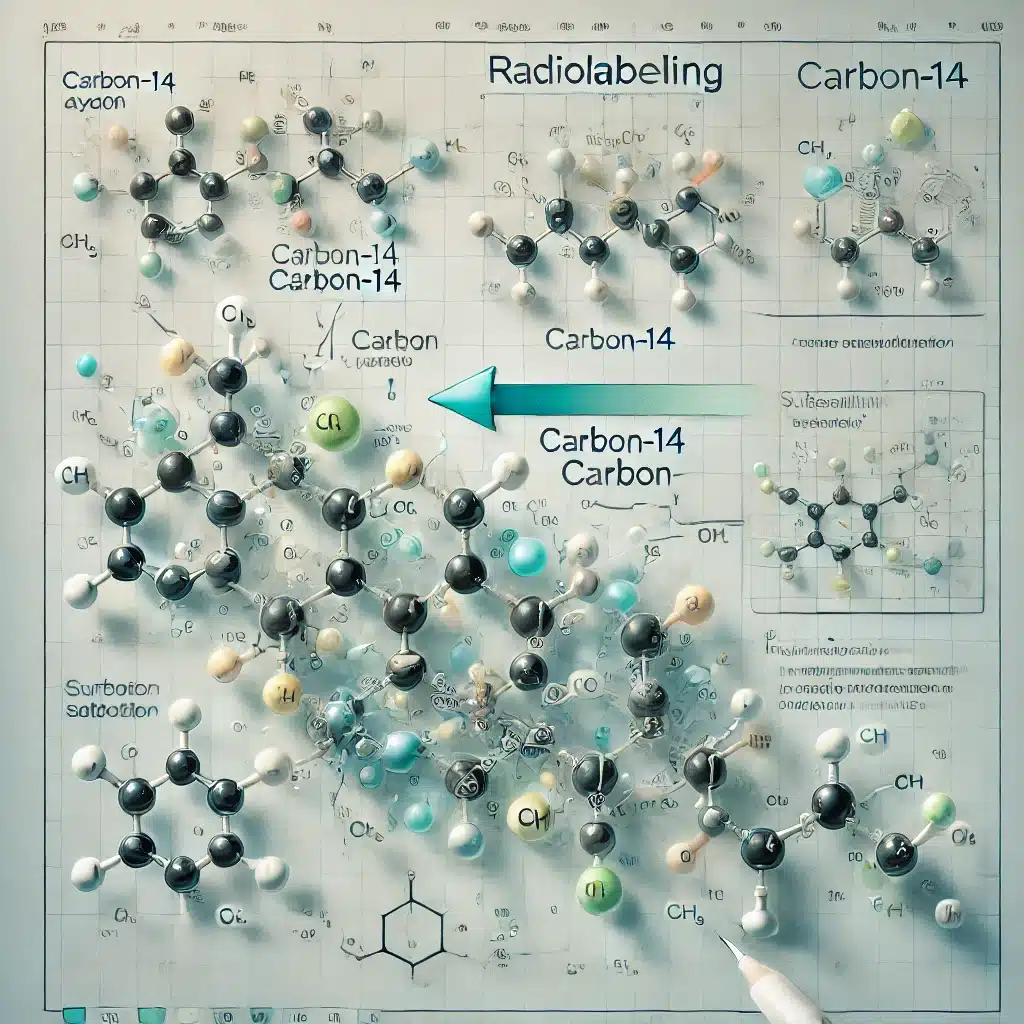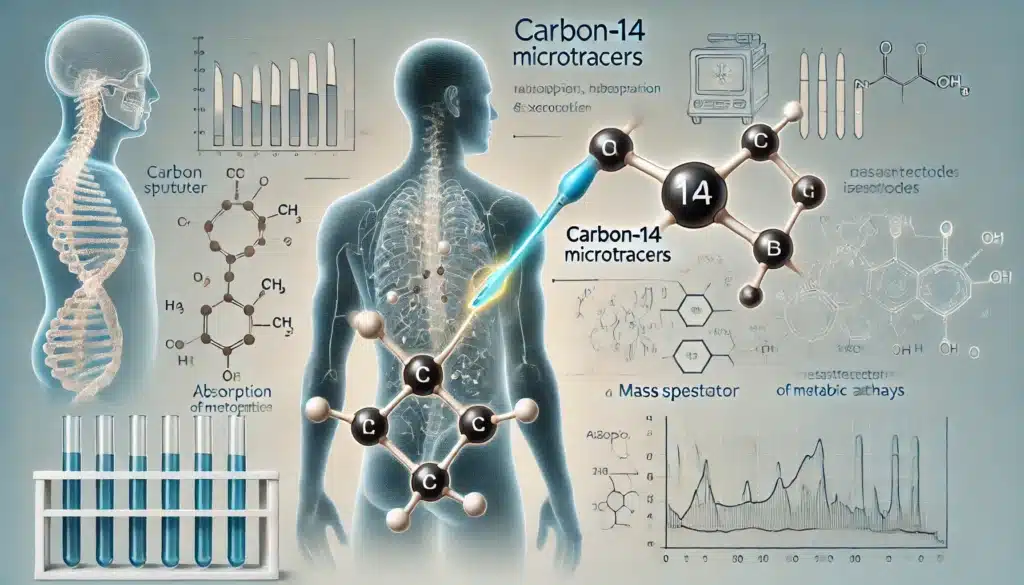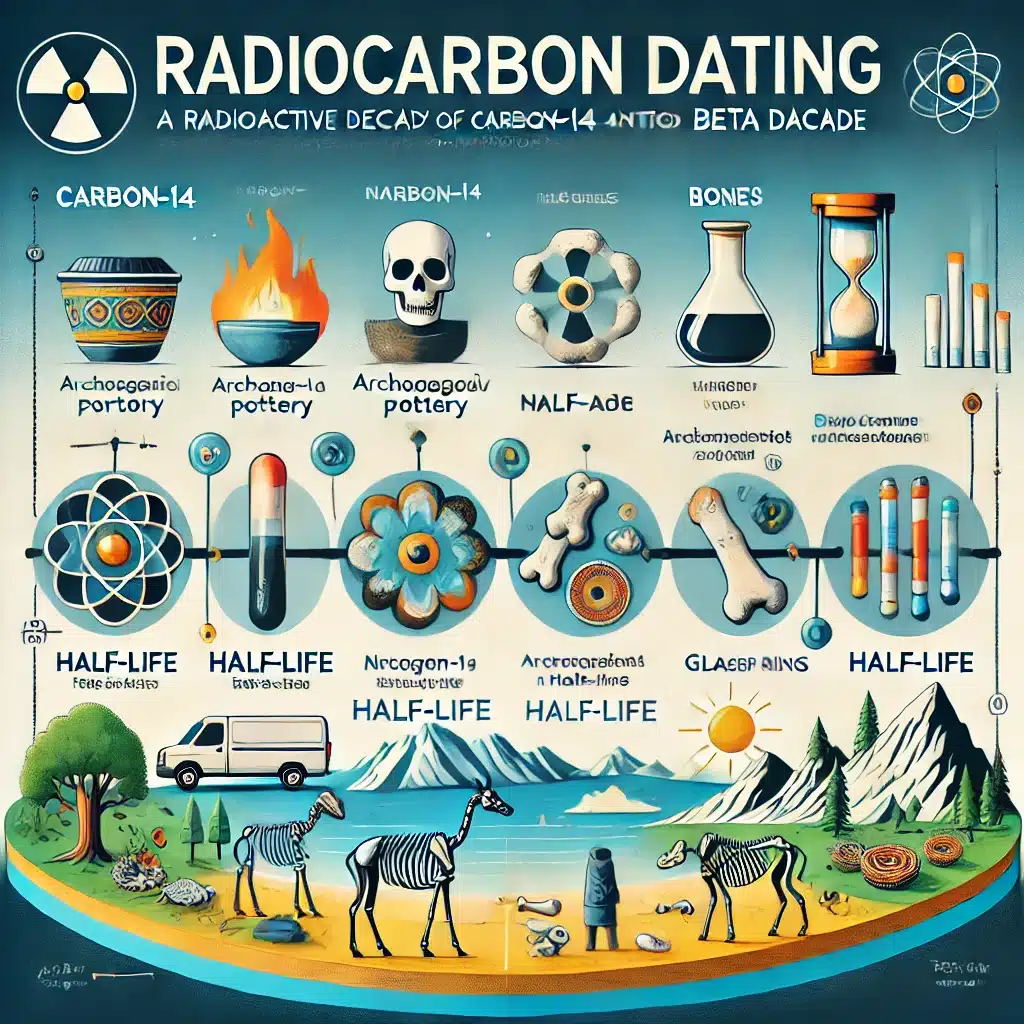Summary: The discovery of carbon-14 in the mid-20th century transformed the way scientists study the past. From archaeology to climatology, this radioactive isotope has allowed researchers to date once-living materials with remarkable accuracy. This article examines the scientific journey that led to the discovery of carbon-14, the principles underlying radiocarbon dating, its applications, and the profound impact it has had across various disciplines. The story begins in the laboratories of nuclear physics and ends with a deeper understanding of human history and the natural world.
Keywords: carbon-14, radiocarbon dating, isotopes, archaeology, nuclear physics, Willard Libby.
The Scientific Climate Before Carbon-14
At the turn of the 20th century, the concept of radioactivity was still relatively new. Discovered by Henri Becquerel in 1896, radioactivity soon became a focal point of intense scientific curiosity. Marie and Pierre Curie’s work on radium and polonium, as well as Ernest Rutherford’s research into radioactive decay, laid the groundwork for understanding atomic structure and the potential of isotopes.
However, while nuclear physics was advancing rapidly, methods for dating archaeological or geological specimens remained largely crude and qualitative. Until the mid-1900s, scientists primarily relied on relative dating methods, such as stratigraphy and typology, which could only suggest whether one object was older or younger than another. There was no reliable way to determine the absolute ages of organic remains with any precision. That changed with the discovery of carbon-14.
A New Isotope Is Born
The breakthrough came in 1940, when Martin Kamen and Sam Ruben, working at the University of California, Berkeley, first identified carbon-14. While experimenting with cyclotrons—particle accelerators used to bombard atomic nuclei—they discovered that nitrogen-14 could be transformed into carbon-14 through a nuclear reaction triggered by cosmic rays. This rare isotope of carbon had a half-life suitable for measuring time on a human scale.
Interests in biochemistry and the movement of carbon through biological systems primarily drove Kamen and Ruben’s work. It wasn’t until several years later that the potential of carbon-14 as a tool for dating ancient materials was realised.
Willard Libby and the Invention of Radiocarbon Dating
The real turning point came with Willard Libby, a chemist at the University of Chicago. In 1946, Libby hypothesised that if carbon-14 was constantly being created in the upper atmosphere and absorbed by living organisms, then the isotope should be present in all once-living material in a predictable ratio to the more common carbon-12.
Upon death, however, an organism no longer absorbs carbon from the atmosphere, and the carbon-14 it contains begins to decay at a known rate. By measuring the remaining carbon-14 in a sample and comparing it to modern levels, Libby proposed it would be possible to calculate the time since the organism’s death.
This idea was revolutionary. After rigorous experimentation and development of sensitive detection methods, Libby’s team succeeded in creating the first practical method of radiocarbon dating in the late 1940s. His method was first tested on samples of known historical age, such as Egyptian tomb relics and tree rings, and it consistently returned results that matched other historical records.
In 1960, Libby was awarded the Nobel Prize in Chemistry for this groundbreaking work. Radiocarbon dating had arrived.
The Principles Behind Radiocarbon Dating
Radiocarbon dating is based on a simple yet powerful concept: radioactive decay. Carbon-14 is continuously formed in the upper atmosphere through interactions between cosmic rays and nitrogen atoms. Once formed, carbon-14 combines with oxygen to form carbon dioxide, which is absorbed by plants through photosynthesis and then by animals when they consume the plants.
All living organisms maintain a constant ratio of carbon-14 to carbon-12 while alive. When they die, they stop taking in new carbon, and the carbon-14 begins to decay into nitrogen-14 at a steady, measurable rate, known as its half-life—approximately 5,730 years.
By comparing the amount of carbon-14 remaining in a sample with the expected amount in a living organism, scientists can determine how long the organism has been dead. The technique is most effective for dating samples up to around 50,000 years old. Beyond that, the remaining carbon-14 becomes too scarce to detect accurately.
Applications Across Disciplines
The introduction of carbon-14 dating revolutionised archaeology. Suddenly, researchers could assign precise ages to artefacts, burial sites, and ancient structures without relying solely on stratigraphy or typology. This allowed for the rewriting of timelines and a more accurate understanding of historical development.
In addition to archaeology, radiocarbon dating found uses in palaeontology, geology, climatology, and even forensic science. Ancient plant remains helped reconstruct past climates, while carbon-based deposits in caves and lake beds provided insight into environmental changes over millennia.
One notable application came with the dating of the Dead Sea Scrolls. Radiocarbon analysis confirmed that these ancient texts dated back to the 2nd century BCE, lending strong support to scholarly assessments and biblical scholarship.
Another high-profile case involved the Shroud of Turin. In 1988, independent laboratories used radiocarbon dating to determine that the linen cloth dated from the 13th to 14th centuries CE, suggesting it was a medieval artefact rather than a relic from the time of Christ.
Limitations and Calibration
Although powerful, radiocarbon dating is not without limitations. Factors such as contamination, sample preservation, and environmental conditions can affect accuracy. More importantly, the assumption that atmospheric carbon-14 levels have remained constant over time is not entirely accurate. Solar activity, volcanic eruptions, and human actions, such as the burning of fossil fuels, have all influenced carbon-14 levels.
To address this, scientists developed calibration curves using tree rings, coral growth layers, and other samples with independently known dates. Dendrochronology—the study of tree ring patterns—has proven particularly useful, allowing radiocarbon dates to be adjusted for greater accuracy. These calibration techniques now enable more precise age estimates, thereby improving the method’s reliability.
In recent decades, technological advances such as Accelerator Mass Spectrometry (AMS) have further refined radiocarbon dating. AMS allows scientists to date much smaller samples with greater precision, expanding the technique’s utility in cases where only trace amounts of material are available.
A Legacy That Continues to Evolve
More than eighty years after its discovery, carbon-14 remains one of the most important tools in the scientific arsenal for studying the past. What began with nuclear physics and a search for understanding isotopic behaviour has blossomed into a cross-disciplinary method that continues to deepen our knowledge of history and the environment.
Radiocarbon dating has not only clarified archaeological mysteries and revised historical narratives, but it has also played a crucial role in understanding human migration, agricultural development, and climate change over the last 50 millennia.
Ongoing work in isotopic science continues to build upon this foundation. Other isotopes, such as uranium-238 and potassium-40, extend the reach of radiometric dating even further into the distant past, allowing for the dating of rocks and planetary materials that are billions of years old. Yet, for the study of human history and the recent natural world, carbon-14 remains unmatched.
Conclusion
The discovery of carbon-14 and the development of radiocarbon dating are remarkable examples of scientific progress. What began as theoretical physics transformed into a practical technique with far-reaching consequences for numerous disciplines. Willard Libby’s pioneering work not only earned him a Nobel Prize but also provided humanity with a means of peering through the veil of time with previously unimaginable clarity.
From Neolithic villages to ancient texts, from environmental records to forensic cases, carbon-14 has shed light on the past in ways both profound and enduring. Its discovery marked a turning point not just for science but for our understanding of time, life, and our place in history.
Disclaimer
Unearthing Time: The Discovery of Carbon-14 and How It Revolutionised Science is published by Open Medscience for informational and educational purposes only. While every effort has been made to ensure the accuracy of the content at the time of publication, Open Medscience makes no representations or warranties of any kind, express or implied, about the completeness, accuracy, reliability, or suitability of the information provided.
The article reflects current scientific understanding and historical interpretations, which may evolve with ongoing research and new discoveries. References to specific studies, individuals, or historical events are made in good faith and are not intended to serve as an exhaustive review of the subject matter.
This content is not a substitute for professional academic guidance, and readers are encouraged to consult original sources and expert commentary when conducting scholarly or scientific research. Open Medscience accepts no liability for any loss or damage arising from the use or reliance on the information contained within this publication.
You are here: home » diagnostic medical imaging blog »



